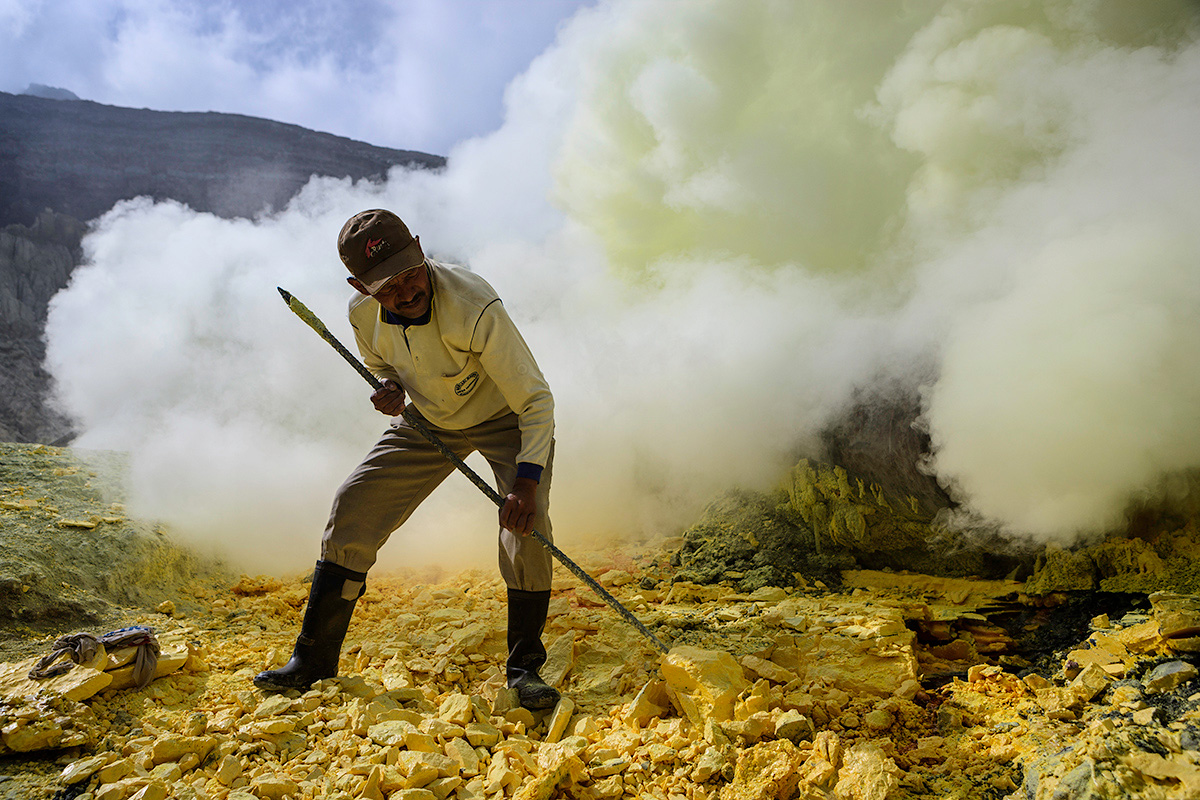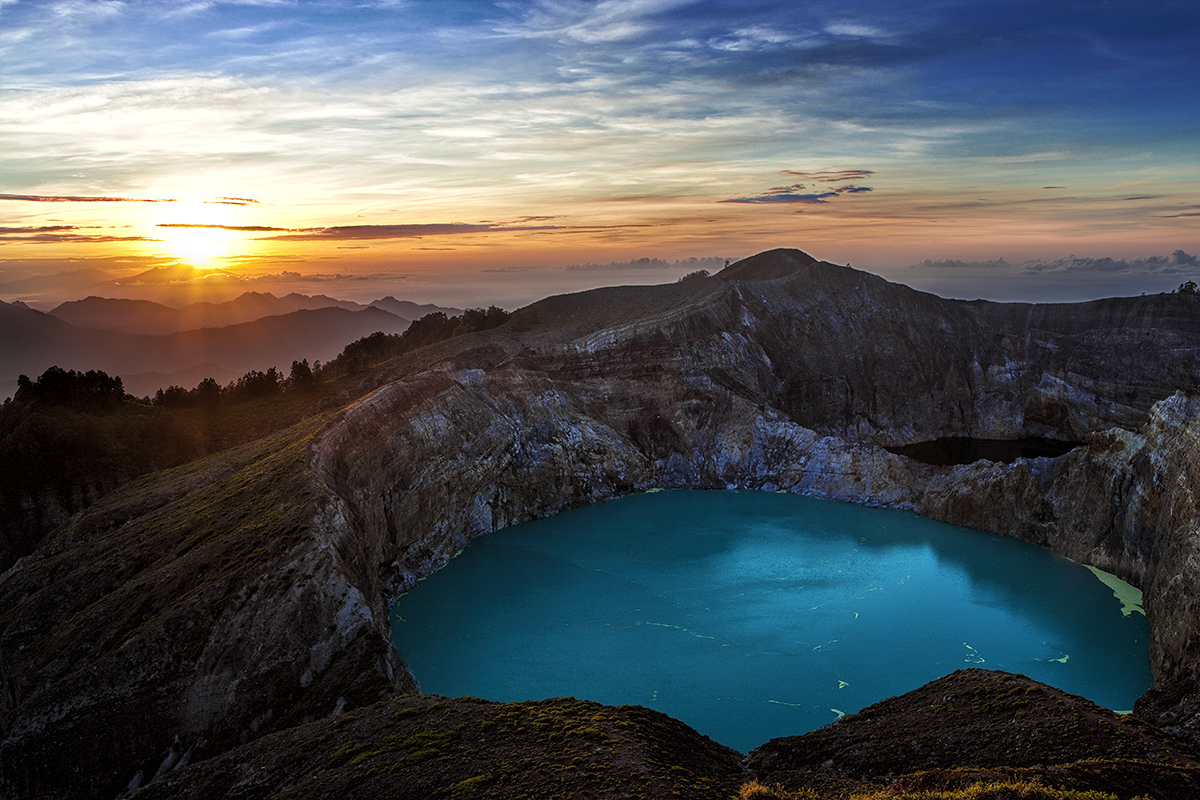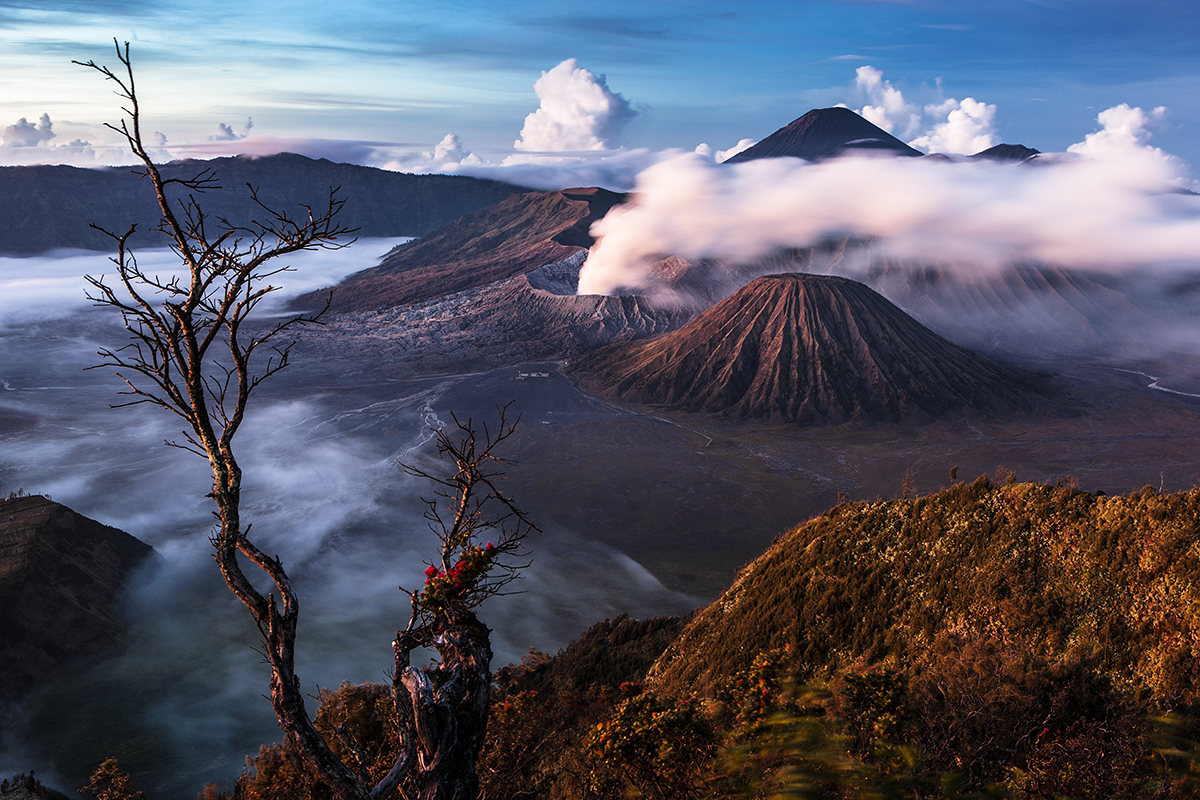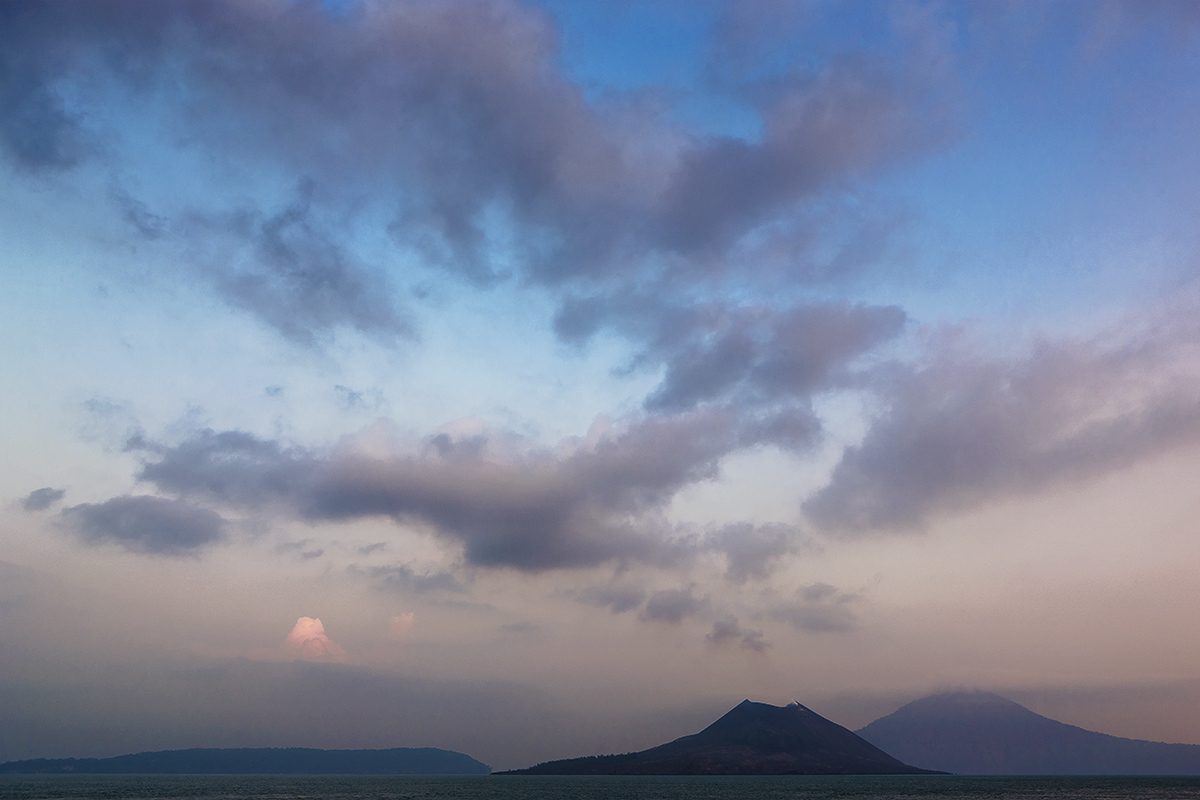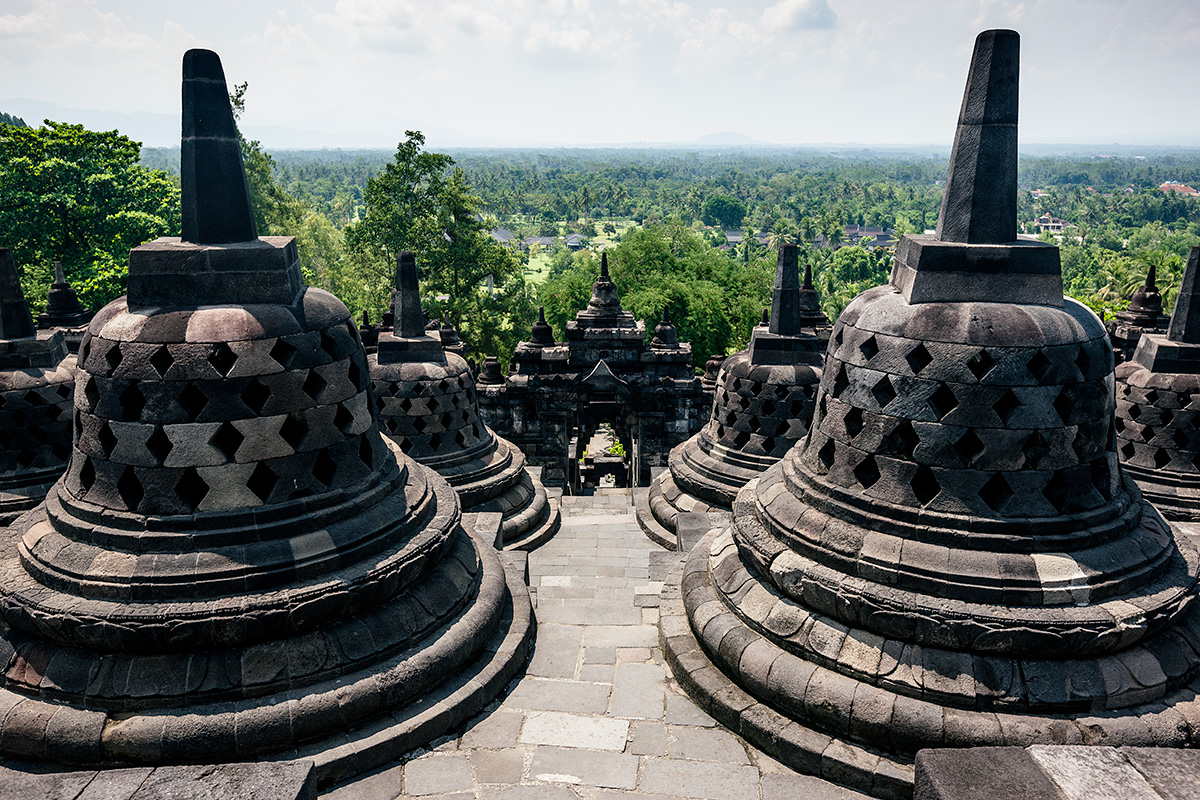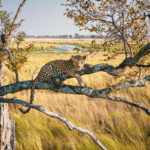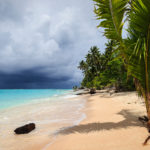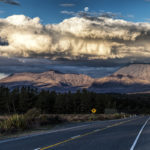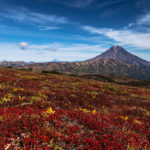Sulphur Mine and Acid Lake – Indonesia sits on a Volcano
There are only a few places on our planet, where our civilized world is colliding with the earth’s forces. Indonesia undoubtedly belongs to those places, as nowhere else in the world human life is daring to sit on a volcano the crowded way. An offshoot of the Pacific Ring of Fire is transporting the seismic heartbeat literally like an artery to the doorsteps of Java, Sumatra & Co. Catastrophes with an apocalyptic dimension happened there: the explosion of lake Toba, of the volcanos Tambora and Krakatoa, as well as the seaquake and the dramatic Tsunami on December 26th 2004.
The locals generally call a volcano Gunung, which actually only means mountain and sounds more or less quite harmless. Maybe that is even better this way, as a harmless terminology is trivialising the risks of sitting on a fire mountain quite well; and none of the Sunda islands is taking a back seat if it’s about living next to volcanic dangers. Indonesia is one of the most densely populated places on our planet. For example on Java 130 million people are living next door to the immensive destructive potential of about 20 active volcanos; among them are powerful candidates like Merapi, Semeru or Kelut. Even the legendary Krakatoa is back in the race. This time with his child, which is the literal meaning of Anak Krakatoa. Latter one is an island off the coast and actually far away from all bustle called civilization. However, the combination of magma and water is one of to the most devastating explosives and easily able to leave a global footprint behind.
